
OR
Editorial
Boost investment in power transmission infrastructures
Published On: June 21, 2023 07:00 AM NPT By: Republica | @RepublicaNepal
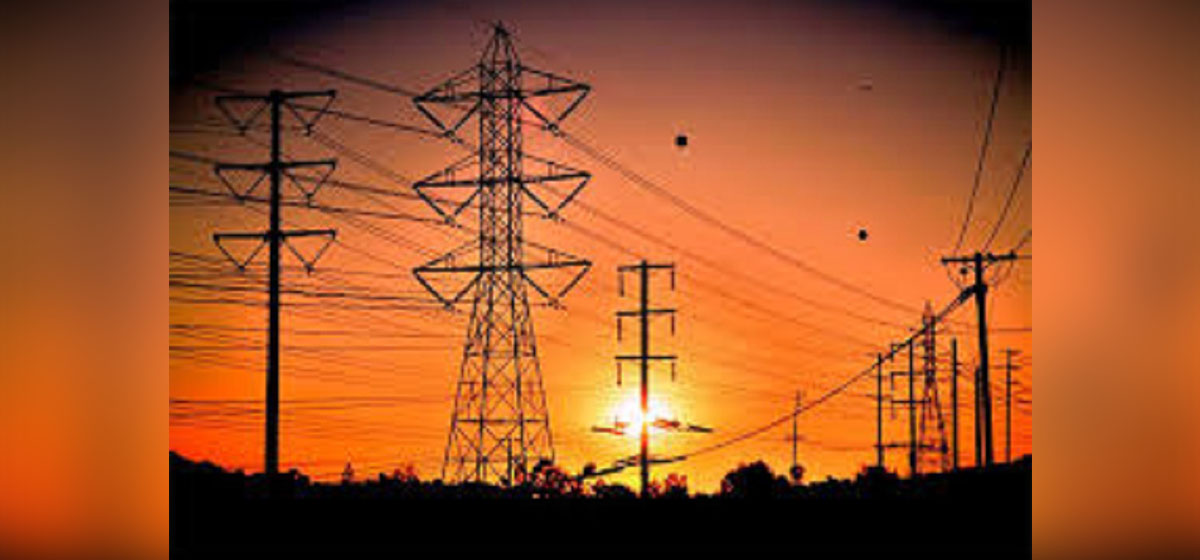
As Nepal strives to achieve uninterrupted power supply for all its citizens and capitalize on surplus electricity through exports, urgent attention must be directed towards building transmission lines and related infrastructure. Kulman Ghising, the managing director of Nepal Electricity Authority (NEA), recently emphasized the need for collaboration and urged the government and other agencies to prioritize the construction of transmission and distribution lines. However, Ghising expressed concerns about the sluggish progress in infrastructure development, highlighting that the transmission and distribution system had not received due attention in the past. Consequently, inadequate electricity distribution due to poor infrastructure has been a persistent issue, compounded by challenges such as land acquisition and tree cutting, which have hindered the construction of transmission lines.
Ghising has rightly warned that without collective efforts from all stakeholders, the construction of transmission lines will remain at risk, potentially jeopardizing the substantial investments made in the country's power sector. While acknowledging the NEA's past accomplishments in the transmission and distribution system, he has cautioned about the potential disruptions in electricity supply if infrastructure improvements are not prioritized in the near future. In fact, the country has already started experiencing problems in power supply as a result of poor power infrastructure. NEA officials maintain that the recent incidents of intermittent power supply in certain regions are a result of system overload caused by a sudden surge in demand, particularly in the Terai districts. The NEA's warning that failure to invest in timely transmission line expansion will pose severe obstacles to Nepal's electricity supply is a matter of serious concern. As hundreds of billions of rupees have been invested in Nepal’s power sector, the NEA has set a target to export up to 1,000 MW of electricity daily to India and through India to Bangladesh in the next few years. Nepal has already achieved a milestone of 2,700 MW of electricity production, surpassing the maximum domestic demand of 1,900 MW. Furthermore, numerous ongoing projects are expected to contribute hundreds of additional megawatts of electricity by next year.
However, the government's focus on increasing domestic consumption of electricity while neglecting the state of transmission lines poses challenges. Many of these transmission lines are in a deteriorated condition, potentially leading to significant wastage of the generated electricity and substantial financial losses for power developers who have made substantial investments. Furthermore, household users have been experiencing issues such as apparent load-shedding, commonly referred to as 'tripping'. This situation primarily stems from the poor distribution system, characterized by outdated transmission lines and weak sub-stations. Addressing these challenges and ensuring reliable power delivery nationwide is estimated to cost around Rs 800 billion. This investment includes the construction of east-west transmission lines, cross-border connections, internal substations, and the completion of projects initiated in the past five years, amounting to an additional Rs 400-500 billion. Strengthening transmission lines is not only crucial for electricity export but also for enhancing domestic consumption and reaping economic benefits. Failing to develop the necessary infrastructure within the next few years would impede progress and put billions of rupees invested in hydropower projects at risk.
While nearly 95 percent of Nepal's population has already benefited from electrification efforts, the NEA remains committed to extending access to electricity for the remaining five percent. Achieving this goal necessitates concerted efforts from the government, agencies, and stakeholders to promptly invest in transmission infrastructure. As Nepal aspires to increase daily electricity exports to India, pending permission from the Indian authorities, the development of transmission lines and other infrastructures becomes extremely critical. It is therefore imperative for the government to heed this urgent call to action and prioritize the development of transmission lines and related infrastructure. By doing so, Nepal can ensure a sustainable and uninterrupted electricity supply for its citizens and capitalize on surplus power through exports, propelling the nation towards economic growth and development.
You May Like This
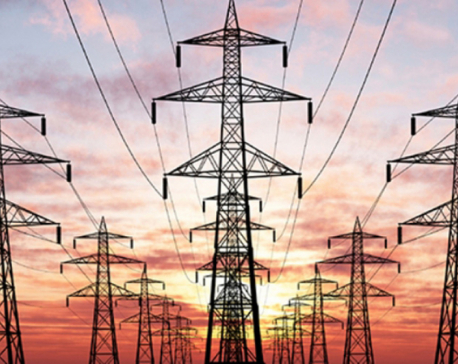
Nepal’s installed electricity production capacity reaches 2,400 MW on Saturday
KATHMANDU, Feb 12: Nepal’s installed electricity production capacity has reached 2,400 MW as of Saturday. However, the production at present... Read More...
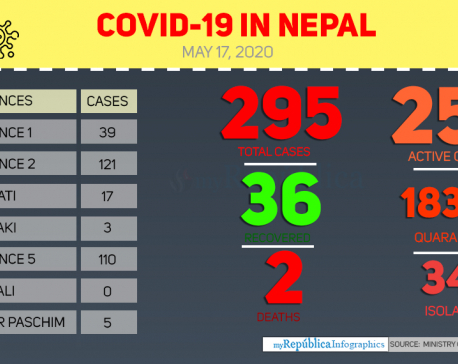
Health ministry confirms three new COVID-19 cases, number of total cases reaches 295
KATHMANDU, May 17: Nepal reported three new cases of COVID-19 on Sunday evening, taking the national tally to 295. ... Read More...
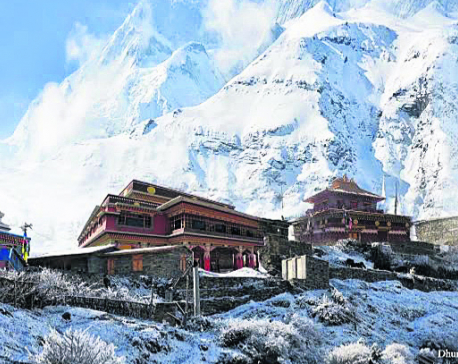
Dhurmus, Suntali to build ‘a Nepal within Nepal’
KATHMANDU, June 5: After successfully completing three settlement projects for earthquake victims and other communities, the actor couple Sitaram Kattel (Dhurmus)... Read More...



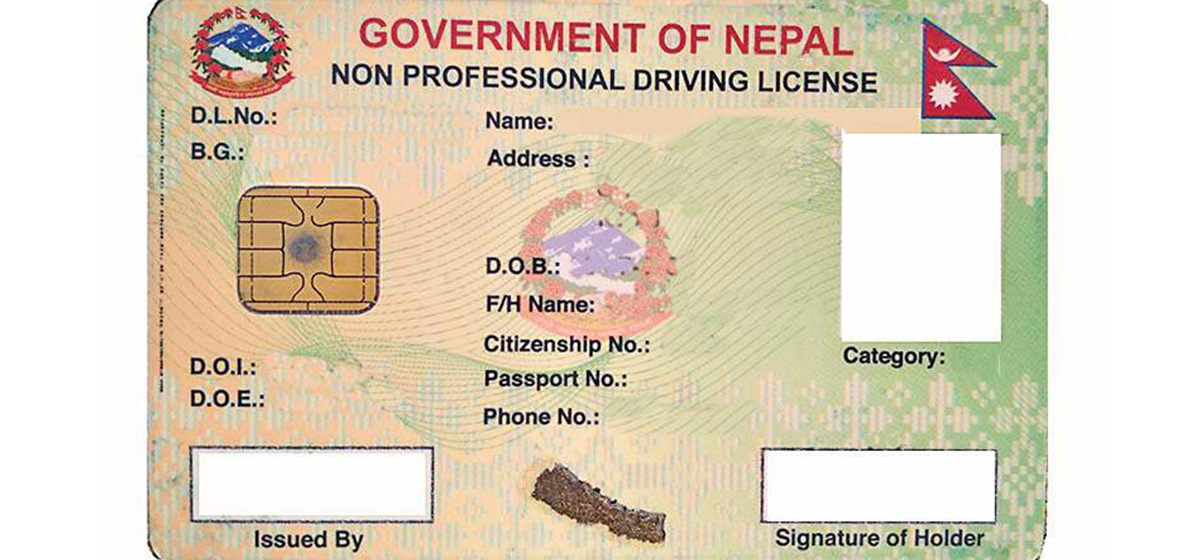

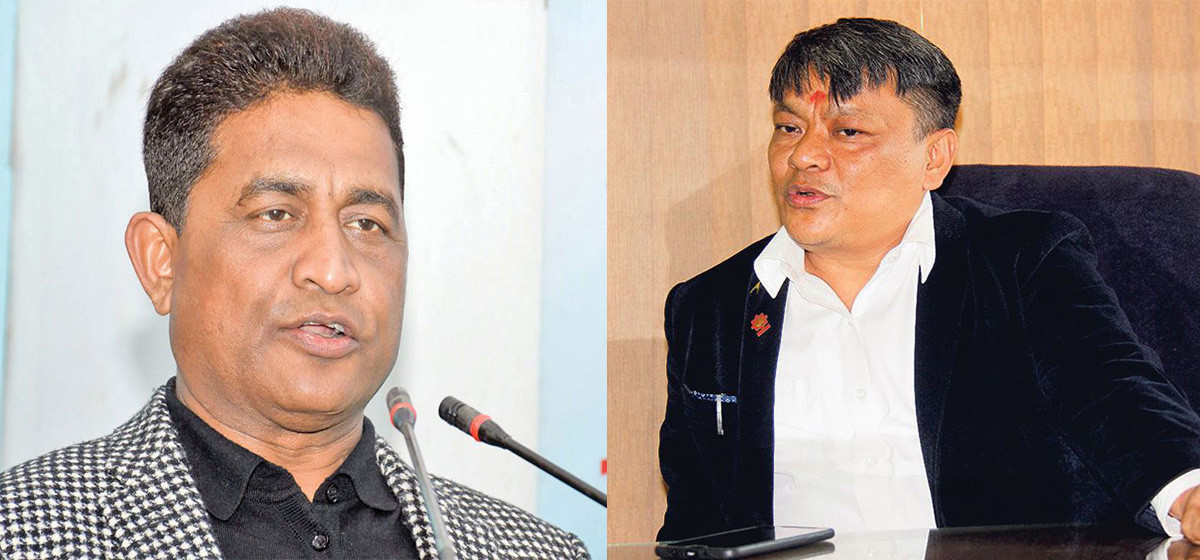
Just In
- Former DoTM employee Bhatta arrested in connection with illegal license issuance case
- One killed in a fire incident in Dadeldhura
- JSP Central Executive Committee meeting being held today to discuss national convention representative election guidelines
- KMC adjust office hours, services now start at 9AM
- Five-match T20 series: first match between West Indies 'A' and Nepal starts today
- Govt yet to pay Rs 60 billion to contractors
- Nepal’s poorest district identified as Bajura, richest as Mustang
- Wind storm likely at a few places of Koshi and Sudurpaschim







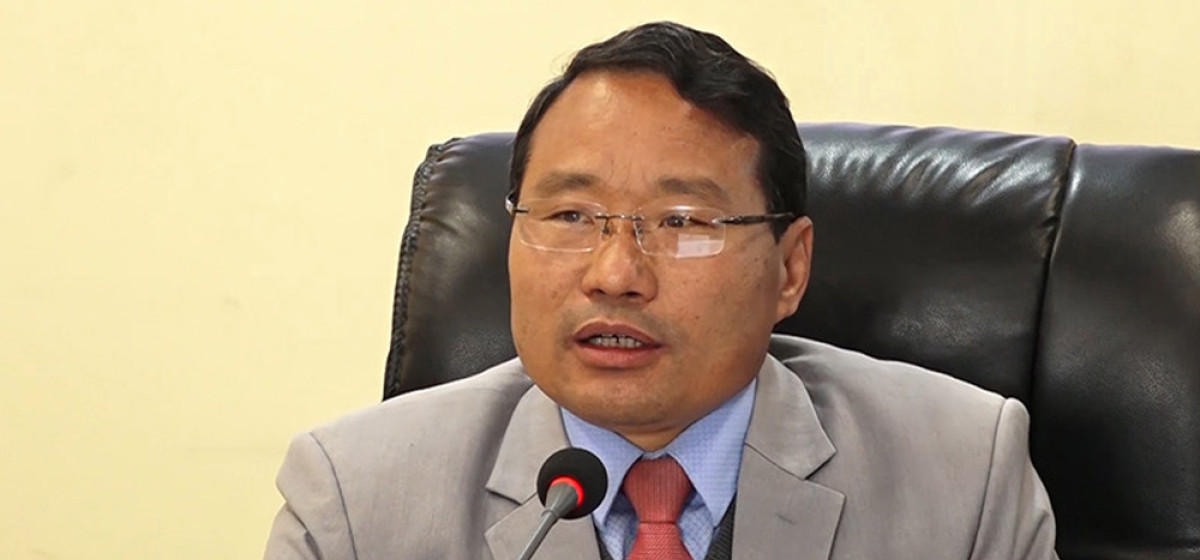
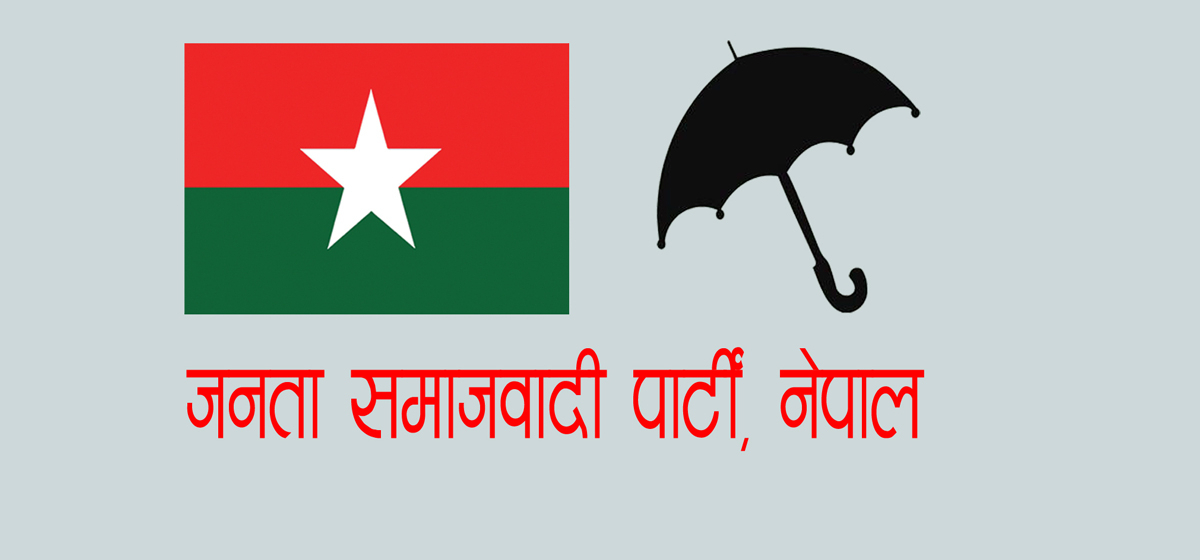

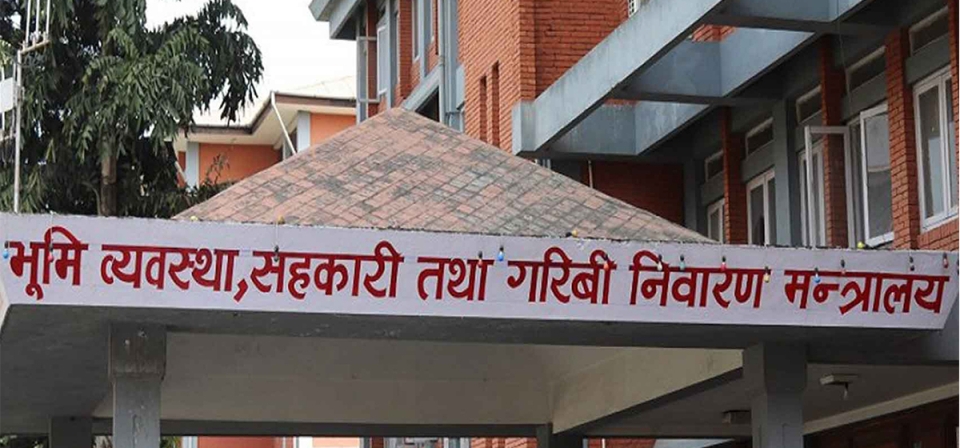

Leave A Comment